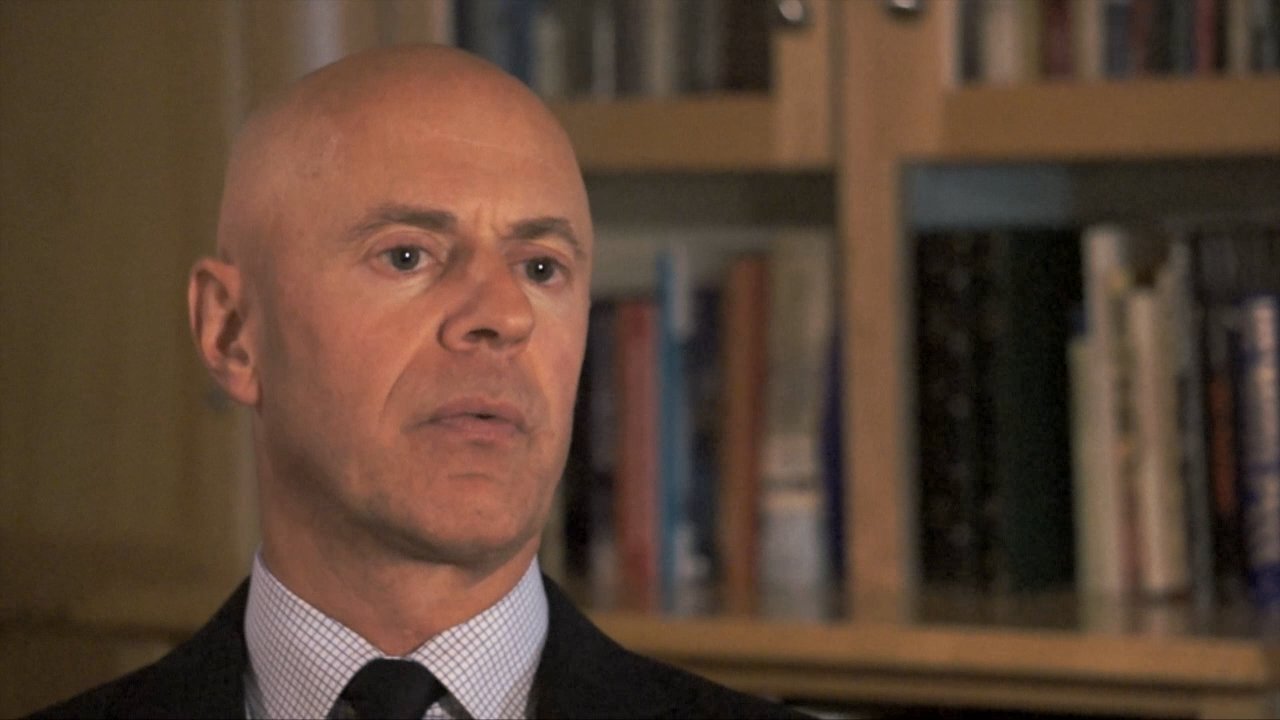Analysts believe that an improving American economy means there is no reason for interest rates to remain near zero in the U.S. The question is, can the Bank of Canada be far behind in raising Canadian rates? Paul Taylor, senior vice president and chief investment officer asset allocation with BMO Global Asset Management, told Financial Pipeline editor Malcolm Morrison that there are reasons why the Canadian central bank may not be in a hurry to do anything with rates.
PT: The market is starting to recognize that the election of a majority Liberal government with a fiscal policy plan that is dramatically different than the tactic taken by the Conservative administration. To be stimulative from a fiscal perspective probably buys the Bank of Canada some leeway in terms of allowing that fiscal stimulus to appear and potentially work its way into the economy before the Bank of Canada is required to intervene to move rates further lower. So I think some of the strengths of the loonie of late — and it’s a cent or a cent and a half over the past couple of months — reflects that reality. So I think we’ll have to watch how this dynamic unfolds as we go forward, but I think it is a valid point and it does provide some basis for the Bank of Canada to potentially hold off for the next short while.






